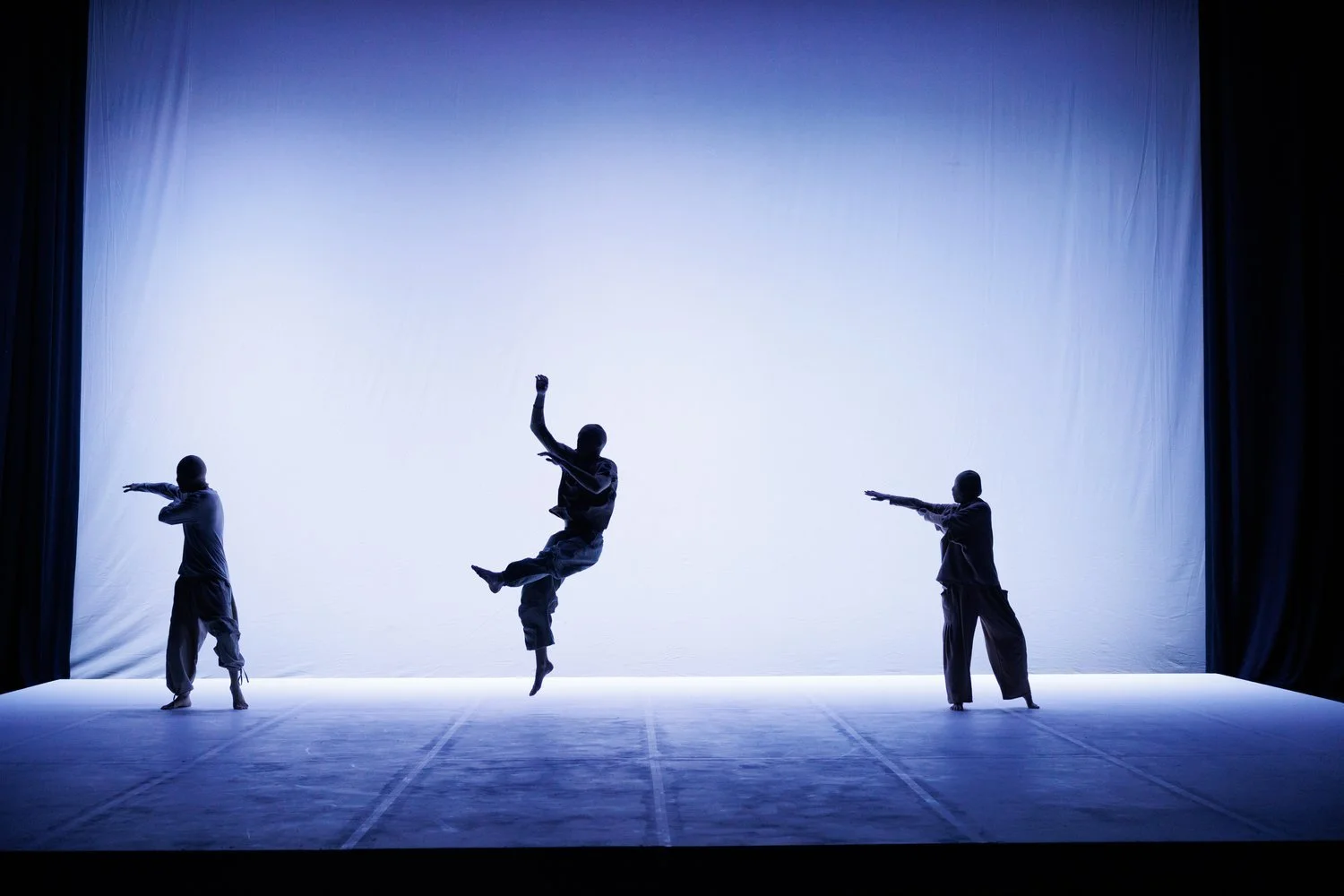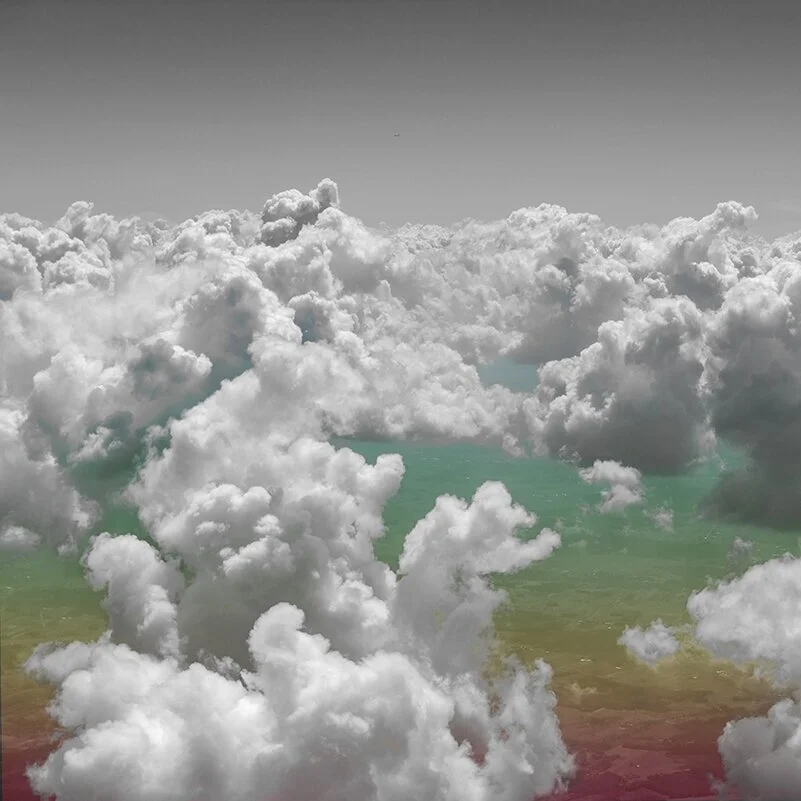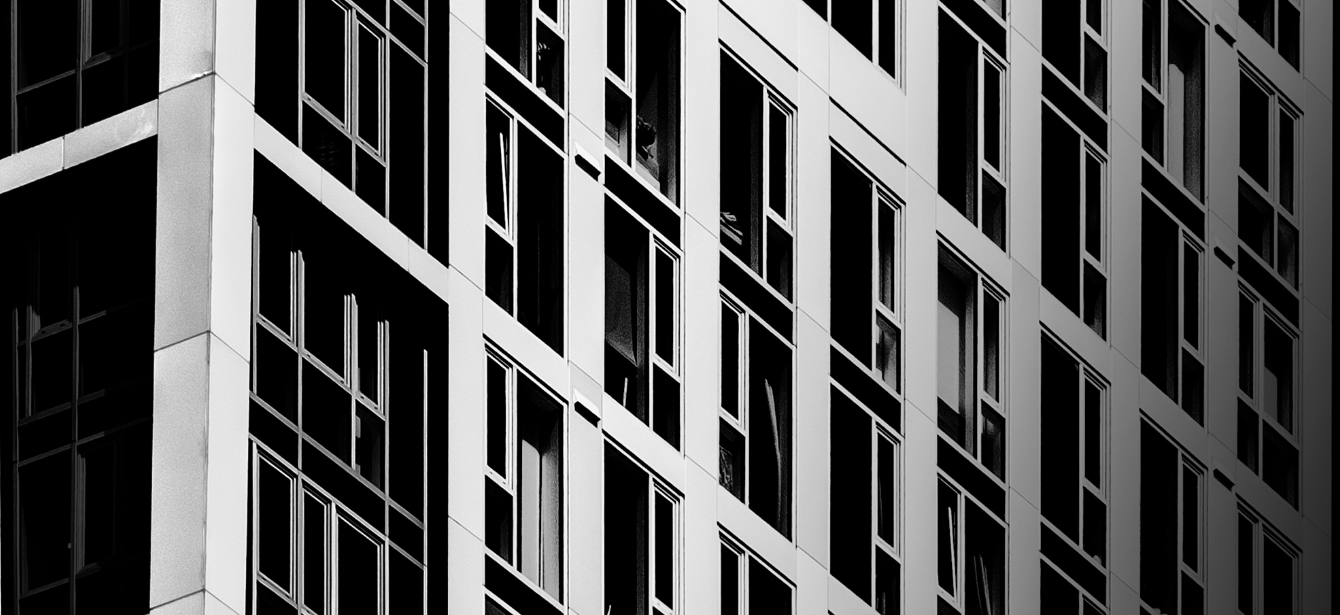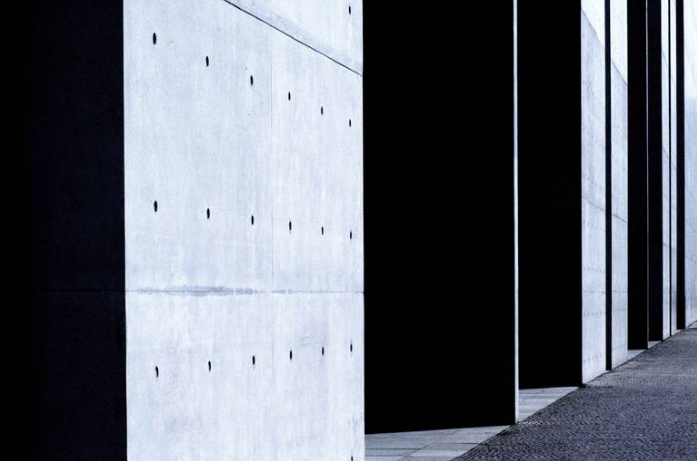By researching the narration of photography and unveiling hidden histories, Beichen Zhang’s work is a set of a visual experience of a metaphorical and poetic method through personal narratives. Through the research of archaeology and anthropology, history, art, and other disciplines, he examines and builds a poetic visual language with its thoughts.
INTERVIEW | Mike Steinhauer
Mike Steinhauer is a photographer, conceptual artist, blogger, and arts administrator who is keenly interested in the environment within which he lives. Mike is particularly interested in the relationship between past and present use (and perception) of object and space. His most recent work is an investigation into memory—both as it is created and re-experienced.
INTERVIEW | Leah Oates
Leah Oates has a B.F.A. from the Rhode Island School of Design and a M.F.A. from The School of the Art Institute of Chicago and is a Fulbright Fellow for graduate study at Edinburgh College of Art in Scotland. Thus, the world appears to be a complicated tissue of events in which connections of different kinds of alternate, overlap, or combine and thereby determine the texture of the whole. All phenomena are processes, connections, all is in flux, and at moments this flux is visible.
INTERVIEW | Doug Winter
Doug Winter is a fine art and editorial photographer focusing on social awareness working in both abstract and representational photography. He is best known for his large-scale abstract photographic images on dye-infused aluminum panels. "I'm a curious perfectionist," he has said. "The work is inspired by light and reflective colors in nature.
INTERVIEW | Paul Lorenz
With an education in Bauhaus architecture, fine art, and music composition, Paul Lorenz has carved an intriguing niche in the international art world: bridging the immediacy of drawing, sound performance, music, and digital collage with the logic and detail of architecture. All media are a balance of physical structure; visual structure; and color, whether overt or atmospheric, allowing the creative process to be the final subject
INTERVIEW | Manuel Delgado Meroño
Flor de Placebo is a photo-poetic project developed in April 2020, during the quarantine period. It represents different ways of facing confinement when exiled from nature. In addition, Flor de Placebo reflects on the importance of art during the most difficult moments of any human being and the crucial yet subtle relationship of people with their natural surroundings.
INTERVIEW | Vicky Martin
Vicky Martin explores her fascination with identity and the emotions created by considered scenarios based on both fantasy and reality. Her work explores identity through staging and creating realities for characters who often display conflicting emotions with situations. Vicky seeks to encourage the viewer to ask questions of her work to which ultimately, the answers depend on the viewer's identity and perceptions.
INTERVIEW | Lexi Sun
Lexi Sun is a Chinese born multidisciplinary artist, photographer, and art director based in Berlin. Lexi senses rhythm and repetition as the rhizome of her art practice. Throughout her practice, combining installation, performance, photography, moving image, and sound, she explores the rhythm of folding, unfolding, and refolding the repetition.
INTERVIEW | Carmel Ilan
Carmel Ilan is an obsessive collector of abandoned texts. This no man's land of abandoned books is an interesting position for her to start. Working with paper requires attention to the delicacy, crispness, and fragility of the material. Carmel’s images grow out of folded fields of paper. Reading is transformed into observation. The papers, carriages of text, preserve the material memory from which they came, and at the same time, grow into a new language.
INTERVIEW | Iván Cáceres
Often referencing European history, Ivan Cáceres’ work explores the varying relationships between forms, geometries, and composition that shape the places we live in. His compositions are usually frontal, geometrical, from a certain distance, assuming a neutral position. Historical memory and disappearance are issues that are always present in Cáceres’ photos.
INTERVIEW | Aodan
As an artist working mainly with porcelain and embroidery, Aodan strives to explore, redefine and externalize femininity and “femaleness”. With highly detailed and intricate techniques, she endeavors to show the complicated tableaux with aggressiveness, gentleness, fragility, softness, toughness, struggles, emotions, and pain within femininity and female gender in delicate and cryptic looks.
INTERVIEW | Thomas C. Chung
Thomas C. Chung’s artistic practice is about seeing the world through a child's eyes, having dealt with their dreams and anxieties in previous years - food, toys, paintings, drawings, and art installations being the mediums that he has used. At its deepest level, he is researching the childlike psyche as a way of understanding the world as an empath.
INTERVIEW | Christopher Fluder
Christopher Fluder is a New York based poet who's experimenting with the visual arts. Christopher examines contrast and dichotomy. Eschewing artistic conventions, he captures features of real life as they occur — whether beautiful or horrifying. His photographs have exhibited in New York, Budapest, Barcelona, Glasgow, and London.
INTERVIEW | Alec Von Bargen
Born in New York City, Alec Von Bargen is a multidisciplinary artist, a social anthropologist of sorts. He captures aesthetic instances resonating true with their historical, political, and social contexts. Although his research is meticulous, he does not prep, pre-produce, light, or arrange for the photographic shoots leading to the creation of his murals, installations, and video pieces.
INTERVIEW | Pablo Ruiz Ortiz
INTERVIEW | Yseult.D
INTERVIEW | Eun Sun Cho
Eun Sun Cho projects revolve around the elements of photographic mediums dealing with physical and technical problems such as measurements, algorithms, analog/digital difference and representation of language of formality accompanied by the process of the image. She investigates the intersection of biology, chemical-physical phenomena and mathematical problems with photographic reality.
INTERVIEW | Jonathan Walland
Jonathan Walland approaches modern architecture in a way that eliminates distraction and pushes forward a sense of clarity, keeping the viewer focused on the purest elements of photography. He shifts the visual characteristics synonymous with painting onto the photographic medium. Walland’s work is consistent with the massive amount of detail present in each photograph.
INTERVIEW | Gudrun Latten
Gudrun Latten discusses aesthetic problems and questions in photographs and videos, including the image and all its qualities, reality and illusion, art-historical genres, pluralism in style, the ambiguity of signs, gender, and identity issues. His videos are figurative art and are about abstraction, digital color, and movement, visualizing abstract content with figures. He admires Surrealism above all, while the tradition of baroque still life is also essential for his pictures.






























